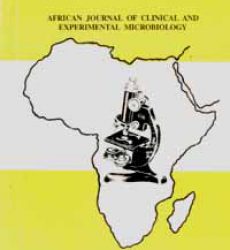Abstract
Background: Bacteria tend to live in assemblies called biofilms that aid bacterial virulence. Biofilms contribute to the development of antibiotic resistant urinary tract infection. Therefore, detection of biofilm production by urinary pathogens can assist the physicians to initiate the proper antimicrobial treatment.
Methods: We conducted a prospective study that included patients with suspected urinary tract infection. Collected midstream urine samples were processed by standard microbiological techniques. Detection of biofilm production by the isolated uropathogens was conducted by tissue culture plate method (TCPM), tube method (TM) and Congo red agar (CRA).
Results: A total of 43 (29.7%) isolated uropathogens showed positive biofilm formation by TCPM which was considered the gold standard for biofilm detection. When compared with the TCPM, TM truly identified 40 biofilm producers and 83 non-biofilm producers showing sensitivity and specificity of 93.0% and 81.4% respectively. The CRA truly identified 38 biofilm producers and 77 non-biofilm producers with sensitivity and specificity of 88.4% and 75.5% respectively.
Conclusion: The TM was superior to CRA in biofilm detection and demonstrated better sensitivity and specificity results. Out of the investigated three phenotypic biofilm detection methods, the TCPM was the ideal method for detection of biofilm formation by uropathogens isolated from midstream urine samples. It can be used routinely in the microbiology laboratory with good specificity results and less subjectivity errors.
Download full journal in PDF below
Tube method and Congo red agar versus tissue culture plate method for detection of biofilm production by uropathogens isolated from midstream urine Which one could be better?

